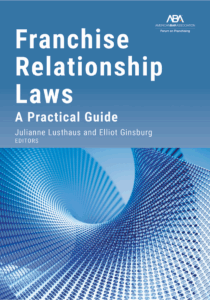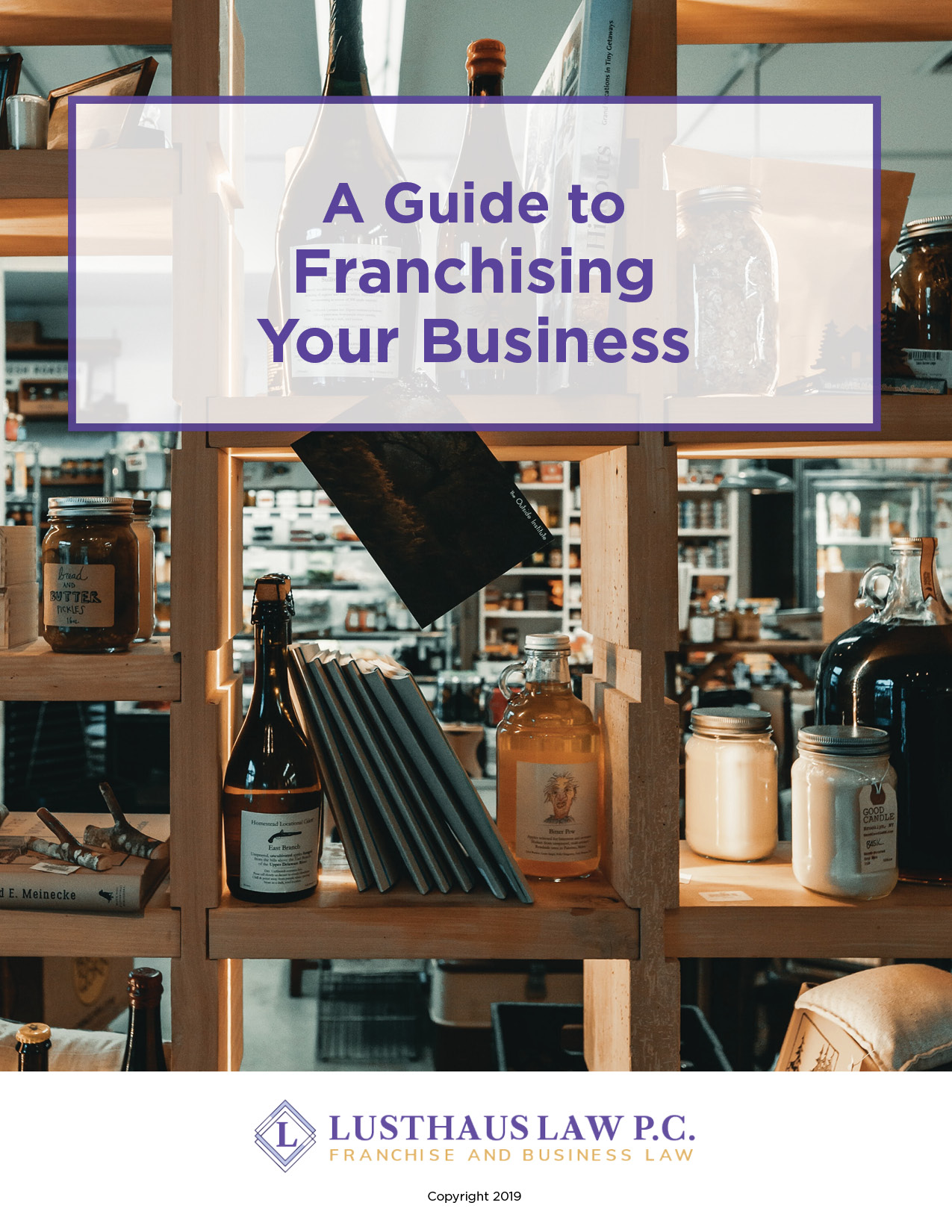From October 15-17, I had the pleasure of attending the American Bar Association’s (ABA) 48th Annual Forum on Franchising in Florida.
Similar to the Multi-Unit Franchising Conference this spring, the panel discussions and hallway conversations were invaluable for staying ahead of legal and operational happenings in the industry and connecting with my peers in franchising.
Many sessions and workshops provided insight and knowledge on how to better serve NY franchisors, franchisees, and multi-unit operators. I wanted to reflect on two presentations that really tapped into what’s happening in the sector, and how they indicate broader trends.
Reeling In Multi-Unit Operators and the Importance of a Third Agreement
“Hooking the Big Fish: Working with Multi-Unit Franchisees,” was a standout. This discussion was especially relevant to the evolving dynamics between franchisors and large, sophisticated operators—including private equity-backed and multi-brand franchisees.
The panel underscored that while partnering with multi-unit operators offers franchisors tremendous growth potential, these relationships demand a higher level of structure, communication, and legal precision. One of the most valuable takeaways was the emphasis on establishing a third agreement—a document that extends beyond the franchise agreement and area development agreement to address portfolio-wide operational and governance issues with large-scale operators, like private equity funds.
Unlike a multi-unit or development agreement, which expires by its terms once all units are opened, this third agreement governs the ongoing relationship throughout the life of the portfolio. It can include provisions on cross-defaults (how defaults at one location affect others), portfolio-wide performance standards, internal transfers, and mechanisms for managing operational complexities unique to private equity investors or large corporate groups. Generally, all these terms cannot be encompassed in a development agreement – especially when private equity firms can own and operate as many as 100 or more franchise locations. That is why this third agreement is so critical – it becomes a tool for maintaining alignment and accountability long after initial development is complete.
The session also reinforced the importance of ongoing collaboration. Regular meetings between franchisors and large operators – ideally twice-yearly or quarterly – allow both sides to benchmark performance, address emerging risks, and ensure consistency across the system. These check-ins can prevent small issues from escalating and help franchisors stay informed about the evolving structure and ownership of their largest operators.
Confessions and Regulatory Findings Benefiting Franchisors
Anyone advising businesses that rely on compliance-driven growth models should have attended, “Is Confession Good for the System? How to Work with Regulators to Manage Regulatory Mistakes.”
The panel highlighted that even the most diligent franchisors can make regulatory missteps—such as creating an accidental or inadvertent franchise, misusing an exemption, or overlooking advertising disclosure requirements. This was beyond avoiding mistakes, but how a franchisor identifies, responds to, and corrects them. The speakers, including both outside counsel and a state regulator, provided practical guidance on maintaining credibility and trust when working with regulators to resolve such issues.
A central takeaway was that early transparency and engagement are almost always better than silence. Regulators often respond favorably to franchisors who self-report and demonstrate good faith efforts to correct errors. The session also emphasized the value of internal training and regular compliance audits—especially for sales teams and representatives who may not fully understand the boundaries of franchise disclosure or exemption rules.
For franchisors, franchise counsel, and even general business lawyers who don’t regularly navigate the franchise regulatory landscape, this session offered a clear message: compliance in franchising is not static. It requires ongoing vigilance, honest communication with regulators, and a culture of integrity to sustain both brand reputation and long-term system health.
Parting Thoughts and New Chapters
Though coincidental, the Forum’s timing was prescient, especially as it was held amid the federal government shutdown – the effects of which franchise stakeholders are first feeling and understanding.
I left the ABA’s Annual Forum on Franchising confident that I had gained new insight into franchising, with a glimpse into new methods for navigating the sometimes-uncertain landscape. This is all to the betterment of the franchisors, franchisees and multi-unit and multi-brand operators, who I am privileged to represent.
My membership in the ABA and serving on its Governing Committee is a highlight of my career. I was especially gratified to co-edit the ABA’s new book, Franchise Relationship Laws: A Practical Guide. Available in physical and digital formats, the Guide examines the legal framework governing the relationship between franchisors and franchisees in state franchise relationship laws. It takes a deep dive into restrictions on termination and nonrenewal, along with other aspects unique to the franchisor and franchisee in the relationship.
We will explore some of the high-level points of the Guide that will help NY franchise lawyers in a future Insights installment.

Contact Lusthaus Law
Lusthaus Law’s website is a resource for New York franchisors and franchisees. You can read our consistent coverage of the legal and regulatory updates that impact franchising – see our client alert about the recent government shutdown, as well as roundups of Q3, Q2 and Q1 of 2025.
We have published two downloadable and complimentary e-books and our Insights blog is regularly updated to reflect industry trends and recent achievements in client representation.
Contact us today to learn more about how Lusthaus Law P.C. can help you navigate a clear path for your franchise’s successful future.
